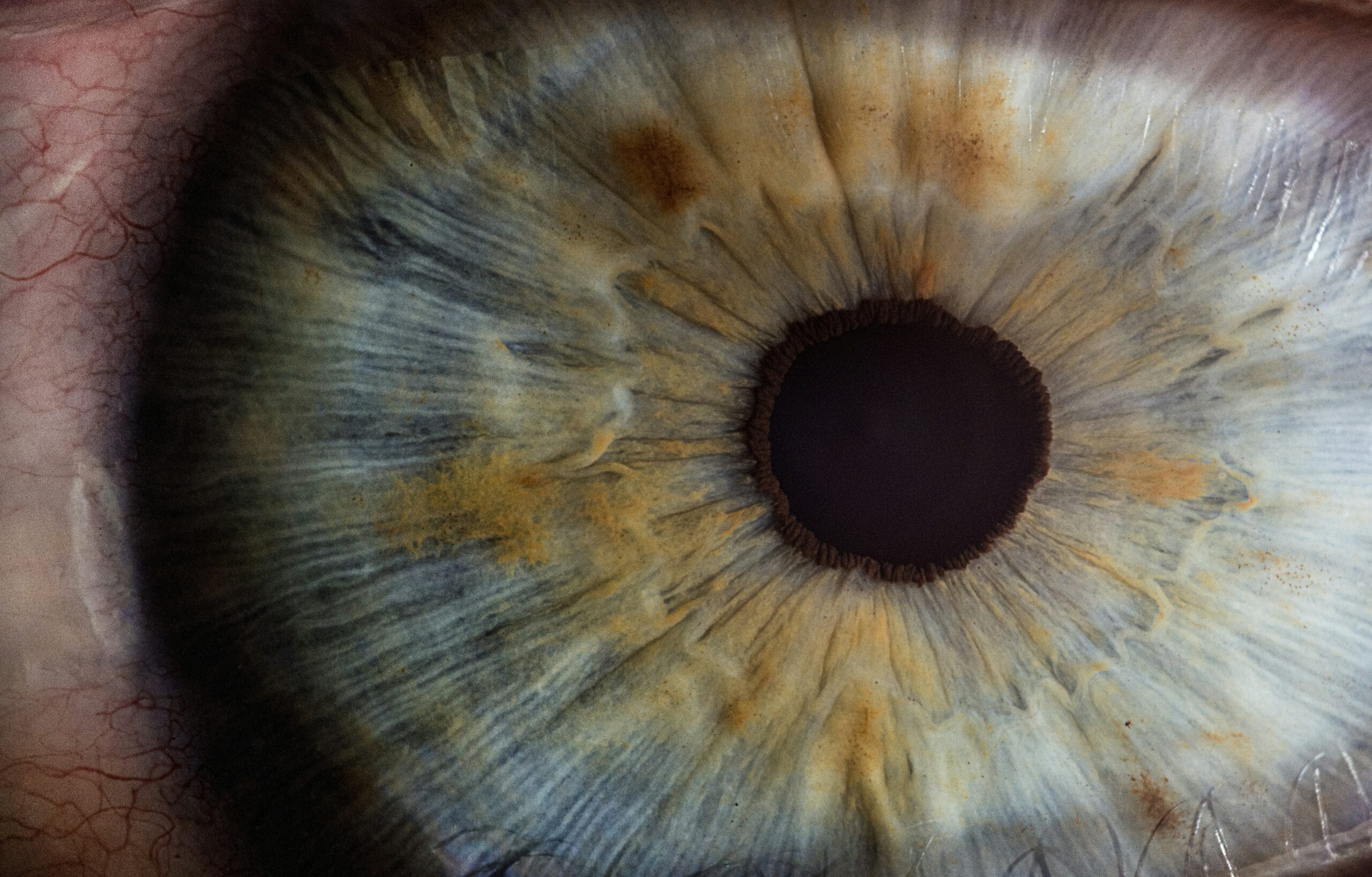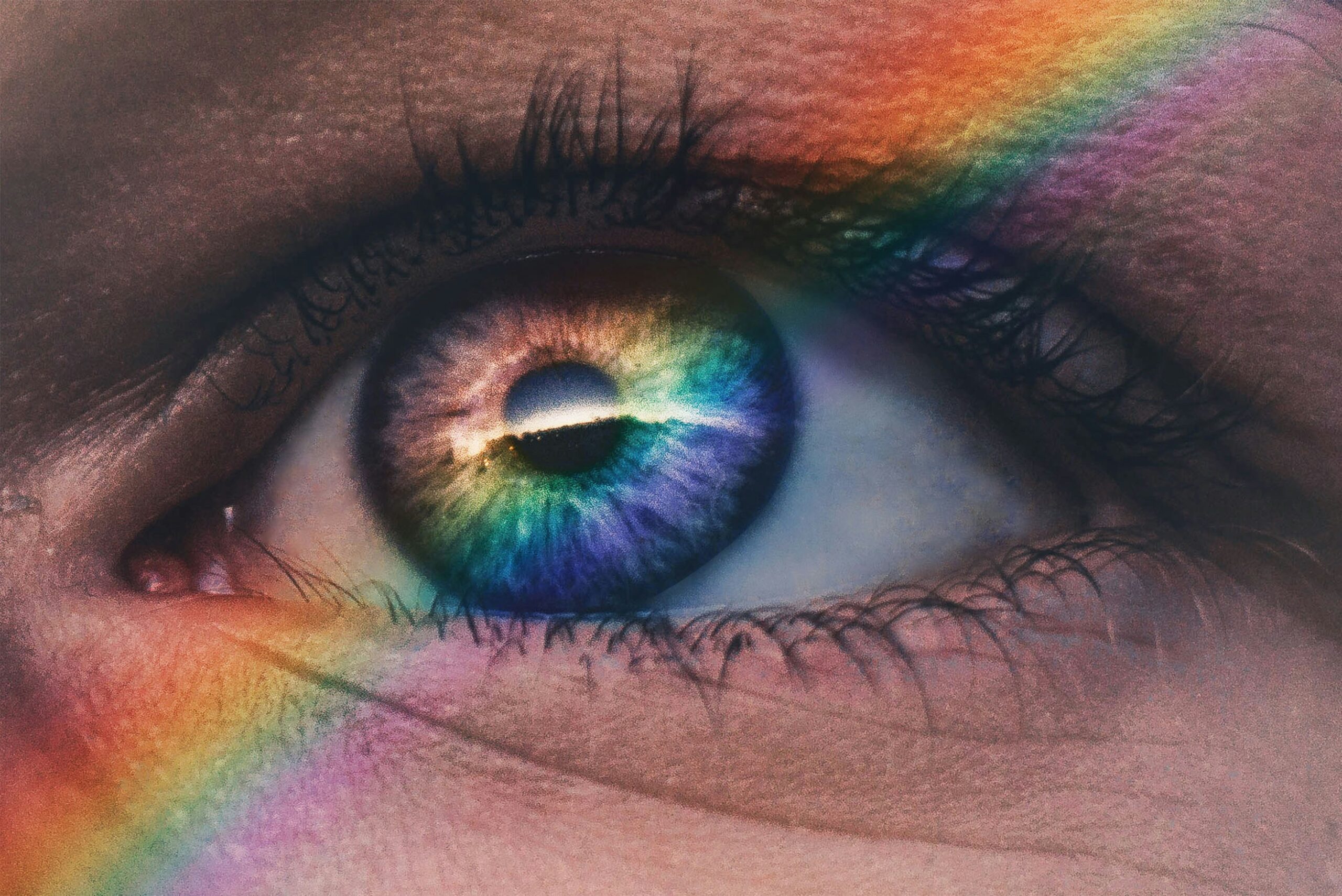Imagine being out in the wilderness, tracking your prey through a high-powered scope. You raise your rifle, your eye pressed against the eyepiece, but something feels off. The discomfort and strain on your eye make it difficult to focus, ruining your shot. In the world of hunting optics, eye relief plays a crucial role in ensuring a comfortable and enjoyable experience. But what exactly is eye relief and how does it affect your comfort while using hunting optics? Let’s explore the fascinating relationship between eye relief and comfort in this article.

Understanding Eye Relief in Hunting Optics
Definition of Eye Relief
Eye relief refers to the distance between the eyepiece of the optic and your eyes while maintaining a clear and full field of view. It is an essential factor to consider when choosing hunting optics such as rifle scopes or binoculars. Generally measured in millimeters, eye relief ensures that you can comfortably look through the optic without straining your eyes or experiencing discomfort.
Importance of Eye Relief in Optics
The significance of eye relief in hunting optics cannot be overstated. It plays a crucial role in your overall experience and comfort while using the optics. Adequate eye relief is necessary to prevent injury and ensure proper sight alignment. It also allows for better target acquisition, improves shooting accuracy, and reduces eye strain during prolonged use. Moreover, eye relief impacts the field of view, making it an essential consideration in optimizing your hunting experience.
Mechanics of Eye Relief and Optics Function
Working Principle of Eye Relief
The working principle of eye relief lies in the fact that the position of your eye in relation to the eyepiece affects the image quality and field of view. With shorter eye relief, your eye needs to be closer to the optic, compromising comfort and potentially limiting your field of view. Conversely, longer eye relief provides more distance between your eye and the optic, offering improved comfort and a wider field of view.
Correlation between Eye Relief and Field of View
Eye relief also has a direct correlation with the field of view. The longer the eye relief, the wider the field of view you can observe through the optic. A wider field of view is advantageous for hunting as it allows for better situational awareness and the ability to quickly spot targets. Conversely, shorter eye relief restricts the field of view, potentially leading to missed opportunities and decreased overall effectiveness.
Quantification of Eye Relief in Optics
Measurements of Eye Relief
Eye relief is typically measured in millimeters from the eyepiece to your eye. It is crucial to understand the specified eye relief of your chosen optic, as this information helps determine whether it will suit your individual needs. Optics with longer eye relief often provide more flexibility in terms of head positioning, allowing for greater comfort and usability. Additionally, it is vital to note that different optics may have varied eye relief measurements, so it is important to consider this factor when selecting the right hunting optics for you.
Impact of Short and Long Eye Relief
Both short and long eye relief options have their own advantages and considerations when it comes to hunting optics. Optics with shorter eye relief are often more compact and suitable for close-range shooting. However, they may require you to position your eye closer to the optic, potentially causing discomfort or even the risk of recoil-related injuries. On the other hand, optics with longer eye relief provide increased comfort, especially for users who wear glasses or have varying eye positioning. They are particularly beneficial for long-range shooting, offering better eye safety and minimized strain during extended use.
Factors Influencing Eye Relief in Optics
Distortion Caused by Eye Relief
One factor that can influence eye relief in optics is the potential for distortion. Optics with insufficient eye relief may result in image distortion, reducing the clarity and overall quality of what you see through the optic. This distortion can be particularly problematic when trying to engage targets accurately or when assessing fine details. Therefore, ensuring appropriate eye relief is crucial to maintain a clear and undistorted view, enhancing your hunting experience and maximising effectiveness.
Difficulty in Maintaining Image Focus
Another important consideration concerning eye relief involves the challenge of maintaining image focus. Optics with insufficient eye relief may require additional effort to keep the image in focus, leading to eye fatigue and decreased hunting performance. Adequate eye relief ensures that you can comfortably maintain image focus without straining or putting excessive effort into adjusting your eyes. This factor is particularly significant for hunters who spend extended periods in the field, where comfort and ease of use can greatly impact the overall experience.

How Eye Relief Affects Comfort in Hunting
Role of Eye Relief in Hunting
Comfort is a crucial aspect of any hunting experience, and eye relief plays a fundamental role in enhancing overall comfort while using hunting optics. Optics with ample eye relief allow you to maintain a natural and relaxed shooting position, reducing the strain that can occur from awkward or uncomfortable stances. With the appropriate eye relief, your eyes can easily align with the optic, providing a comfortable and ergonomic shooting set-up. This increased comfort enables hunters to remain focused and alert, ultimately enhancing their hunting effectiveness.
Factors Influencing Eye Comfort in Hunting
Several factors influence eye comfort in hunting, and eye relief is one of the key contributors. Factors such as magnification, eye box size, and eye positioning can all impact eye comfort. Optics with longer eye relief often accommodate various eye positions, making them more comfortable for extended periods of use. Additionally, hunters who wear glasses or have varying eye positions greatly benefit from optics with generous eye relief, preventing discomfort and allowing for a seamless viewing experience.
Eye Relief in Rifle Scopes for Hunting
Optimal Eye Relief in Rifle Scopes
When it comes to rifle scopes for hunting, finding the optimal eye relief is essential for several reasons. Firstly, it ensures that your eye is at a safe distance from the scope to prevent any risk of injury caused by recoil. Optimal eye relief also provides a comfortable shooting experience that minimizes eye strain and fatigue, allowing for prolonged accuracy and focus. The optimal eye relief for a rifle scope often depends on the specific design and magnification of the scope, so it is important to consider these factors when selecting one for your hunting needs.
Eye Strain in Long Range Hunting
Long-range hunting often requires the use of rifle scopes with higher magnification levels. However, excessive magnification combined with inadequate eye relief can lead to eye strain. The strain arises from the need to maintain a precise eye position to achieve a clear view, which becomes increasingly challenging at higher magnifications. Selecting a rifle scope with appropriate eye relief helps mitigate eye strain and allows for a more enjoyable and successful long-range hunting experience.

Connections between Eye Relief and Safety
Eye Safety in Hunting Optics
Safety is paramount when using any hunting optics, and proper eye relief plays a significant role in ensuring your eyes’ well-being. Eye relief determines the distance between your eye and the optic, which is crucial when it comes to mitigating potential risks. Insufficient eye relief can increase the likelihood of recoil-related injuries, such as scope eye, where the recoil causes the scope to hit your eye. Optics with appropriate eye relief provide a buffer zone, ensuring a safe distance between your eye and the scope, minimizing the risk of such accidents and prioritizing your eye safety.
Impact of Recoil on Eye Relief
Recoil is an inherent part of firearms, and it can have a direct impact on eye relief. When a firearm is fired, the recoil force can cause the rifle to move backward, potentially bringing the scope closer to your eye if there is inadequate eye relief. This can result in painful and dangerous recoil-related injuries. Optics with longer eye relief provide a larger safety margin, reducing the risk of such injuries caused by recoil. It is crucial to ensure that the chosen optic provides ample eye relief to maintain a safe shooting experience.
Choosing Correct Eye Relief for Hunting Optics
Considerations in Choosing Optics
When selecting hunting optics such as binoculars or rifle scopes, considering eye relief is a crucial factor. It is recommended to choose optics that offer generous eye relief to ensure optimal comfort and usability. Consider your individual needs, such as whether you wear glasses or require varying eye positions, and select optics that accommodate those requirements. Taking into account the specific hunting scenarios you intend to use the optics for, as well as the desired magnification levels, will guide your decision-making process and help you choose the correct eye relief for your hunting optics.
Comparison of Different Eye Relief Specs
Various hunting optics come with different eye relief specifications, and understanding these specifications is essential in making an informed decision. Some optics may offer shorter eye relief for specific purposes, such as compactness or close-range shooting. Others may prioritize comfort and usability with longer eye relief measurements. By comparing the eye relief specs of different optics, you can determine which ones are best suited to your preferences and hunting style.
Adjusting Eye Relief for More Comfort
Methods of Adjusting Eye Relief
While optics generally come with a specified eye relief measurement, there are methods available to adjust the eye relief to further enhance comfort. In some cases, focusing mechanisms on optics allow you to fine-tune the eye relief to your specific needs. Additionally, utilizing accessories such as adjustable scope mounts or risers can help optimize eye relief and ensure a more comfortable shooting position. Experimenting with different adjustments and accessories can help you achieve the perfect balance between comfort and effectiveness in using your hunting optics.
Achieving Comfortable Eye Relief
To achieve comfortable eye relief, it is essential to properly position the optic in relation to your eye. First, ensure that you maintain a relaxed shooting position with a straight back and proper alignment. Adjust the position of your optic by extending or retracting it until you attain the desired eye relief. Experiment with different positions to find the one that offers the greatest comfort and clarity. By achieving a comfortable eye relief, you can enhance your hunting experience, minimize fatigue, and maintain a sharp focus on your targets.
Influence of Eye Relief on Hunting Performance
Eye Relief and Aiming Precision
Eye relief directly influences aiming precision while using hunting optics. The optimal eye relief allows for a consistent sight picture, ensuring that your eye aligns precisely with the reticle or crosshair. Maintaining a steady alignment enhances your ability to aim accurately at targets, especially when quick and precise adjustments are necessary. Without adequate eye relief, inconsistent or inaccurate aim can occur, leading to missed opportunities or unsuccessful shots. Therefore, understanding and optimizing eye relief greatly contribute to improving your hunting performance.
Improving Hunting Efficiency Through Adjusted Eye Relief
By adjusting and optimizing eye relief in your hunting optics, you can significantly improve hunting efficiency. With comfortable and adequate eye relief, you can maintain focus for extended periods, allowing you to patiently wait for the right shot. Optimal eye relief enhances your field of view, situational awareness, and overall comfort, positively impacting your ability to spot and engage targets effectively. Furthermore, by minimizing eye strain and discomfort, adjusted eye relief ensures you remain alert and poised for accurate and timely shots. Investing the time and effort to understand and adjust your eye relief promotes better hunting efficiency and success.
In conclusion, understanding eye relief is crucial for a comfortable and effective hunting experience. The distance between your eyes and the optic plays a significant role in comfort, safety, and overall performance. By considering the mechanics, quantification, factors influencing eye relief, and its impact on hunting, you can make informed decisions when choosing and adjusting hunting optics. Prioritizing proper eye relief ensures optimal comfort, enhances aiming precision, and ultimately improves your hunting efficiency and success. So, take the time to assess and optimize the eye relief in your hunting optics, and enjoy a more comfortable and successful time in the field.
